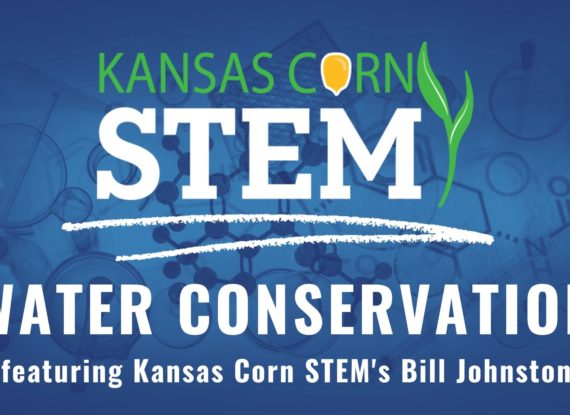TEACH-FLEX
Water Conservation (At Home)
Grade Levels: Middle School,High School
Water usage and conservation is an important issue. Only 1 percent of the total water supply on Earth is available for humans. Of that, 42 percent is used in agriculture. Not all freshwater resources are evenly distributed. In Kansas, water usage and water rights are very important topics. As a state, how do we balance the need for water in agriculture, manufacturing, and our daily lives? It is important that everybody does their part to conserve the invaluable natural resource.
This lesson is the work product of the Kansas Corn Commission. Our lessons are written in collaboration with Kansas teachers for use in the classroom. Teachers may copy and share this curriculum. Use of this product for commercial or promotional use is prohibited without express permission of Kansas Corn.
Newsletter Sign Up
Each quarter we release a newsletter written by teachers for teachers. This is an easy way to keep up with what is happening at Kansas Corn STEM.
Subscribe Today!
